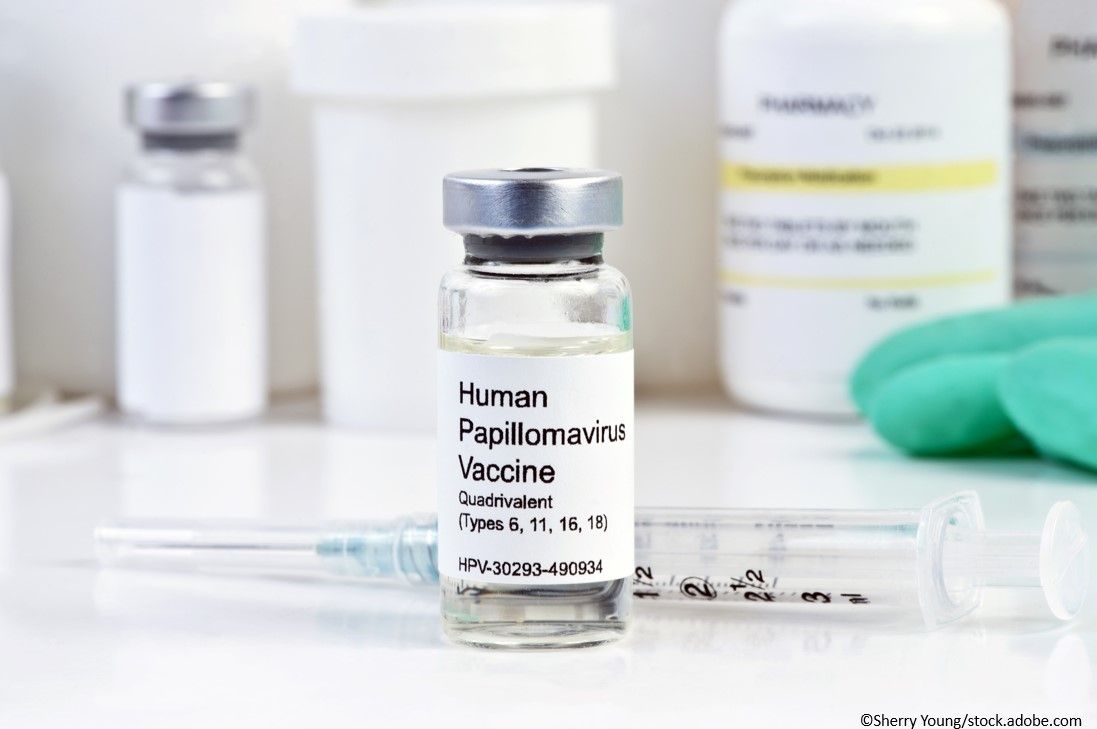- Clinical Technology
- Adult Immunization
- Hepatology
- Pediatric Immunization
- Screening
- Psychiatry
- Allergy
- Women's Health
- Cardiology
- Pediatrics
- Dermatology
- Endocrinology
- Pain Management
- Gastroenterology
- Infectious Disease
- Obesity Medicine
- Rheumatology
- Nephrology
- Neurology
- Pulmonology
HPV Vaccination Nearly Doubled in US Young Adults
More young adults in the US are getting vaccinated against human papillomavirus, rising almost 50% in 5 years, according to a new report.

The number of young adults who ever received the human papillomavirus (HPV) vaccine increased approximately 50% between 2013 and 2018, according to a first-of-its-kind report from the National Center for Health Statistics (NCHS).
Among all US adults aged 18-26 years, the percentage who ever received ≥1 doses of the HPV vaccine rose from 22.1% in 2013 to 39.9% in 2018, reported authors Peter Boersma, MPH, and Lindsey I. Black, MPH, of the NCHS Division of Health Interview Statistics.
Boersma and Black used data from the 2013-2018 National Health Interview Survey to analyze HPV vaccination trends among US young adults aged 18-26 years.
By gender, women were more likely vs men to have ever received ≥1 doses of HPV vaccine, but the percentage of men who received the vaccine more than tripled from 7.7% in 2013 to 27% in 2018.
More Young Adults Getting Recommended Number of Doses
Overall, the percentage of young adults who received the recommended number of HPV vaccine doses rose from 13.8% in 2013 to 21.5% in 2018.
The percentage of women who received the recommended number of doses increased from 25.7% in 2013 to 35.3% in 2018 and the percentage of men increased from 2% to 9% during that same time period.
In the US, the HPV vaccine is recommended at age 11-12, with catch-up vaccination recommended through age 26. Before the age of 15, it is recommended for patients to receive 2 doses given 6-12 months apart. Patients aged ≥15 years should receive 3 doses within 6 months of each other.
Non-Hispanic White Adults More Likely to Get Vaccinated
In 2018, approximately 42% of non-Hispanic white young adults reported ever receiving ≥1 doses of the HPV vaccine, followed by 37% of non-Hispanic black adults and 36% of Hispanic adults.
The same trend was seen among women with approximately 58% of non-Hispanic white women receiving ≥1 doses vs 49% of Hispanic women and 44% of non-Hispanic black women.
Among all race and Hispanic ethnicity groups, the report showed women were more likely vs men to have ever received ≥1 doses of the HPV vaccine.
Sex Matters for Age at First Dose
Age at first HPV dose varied by sex with women (21.9%) being more likely vs men (11.87%) to have received their first dose at or before the recommended age of 12.
Conversely, men (27.4%) were more likely to have received their first dose at an older age (between 18-26 years) vs women (18.3%).
Boersma and Black attributed these differences in age at first dose to the fact that HPV vaccine recommendations were issued earlier for girls (2006) than for boys (2011).
“Monitoring vaccination prevalence may help inform strategies to increase HPV vaccination rates,” the authors concluded.

